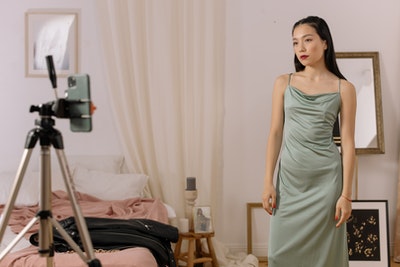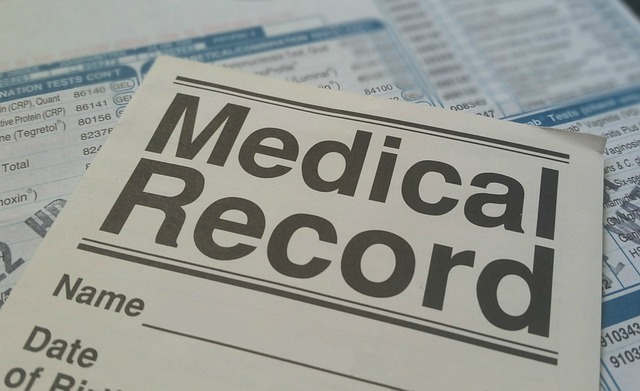Are Digital Devices Making You Blue? Protect Yourself from Their Harmful Light

These days it’s practically impossible to exist without our computers and mobile computing devices, including cell phones. When we’re not staring into computer screens all day at work or anxiously glancing at our phones every minute of the day for those all-important social media updates from our friends, we’re at home, draped across the sofa and in front of a large flat-screen TV.
Let’s face it: our lives revolve around screens, and we’re addicted to them. Not surprisingly, there are risks to all these long hours spent in front of digital devices, and the modern individual is certainly feeling the strain.
But while we’ve long been told that long periods of sitting down are not good for us, as the body needs to be up and active, few people are aware of the health problems they encounter from the light streaming from their PC, laptops, tablets, and cell phones.
It’s called blue light, and if you’ve seen someone staring at their phone late at night when the lights are dim or switched off, and there’s a blue glow around them, that’s the blue light streaming from the device. So what’s the harm? Blue light is a wavelength of the visible spectrum of light, and it carries a lot of energy.
This means it’s able to reach right to the back of the eyes, where the optical receptors known as the retina are located, and this can cause problems.
Blue Light Exposed
It turns out that too much blue light entering our delicate eyes can cause our eyesight to fail. It’s called macular degeneration, a scary-sounding term that means your site is gradually getting worse. If you don’t currently wear reading glasses, you might well have to, and soon. This may especially be the case if you’re middle-aged or older and spend a lot of time in front of computers and digital devices, whether at work or at home.
The combination of being seated down for hours and staring at a PC screen can easily lead to eye and shoulder strain, which can make your life a misery. It’s an actual condition, called Computer Vision Syndrome, and research has uncovered that between 50% and 90% of people who use computers at work display some of the symptoms. These include eyestrain, headaches, blurred vision, dry eyes, and neck and shoulder pain.
Another difficulty blue light presents for modern humans is the amount of time we’re glued to our digital devices — for many people that’s late into the night while in bed. Blue light can interfere with the production of melatonin, the so-called sleep hormone that makes us feel drowsy and prepares us for sleep. Melatonin is produced when there’s not a lot of light around, so if your face and eyes are bathed in high-energy blue light, that’s going to cause issues.
It’s no wonder so many of us find it hard to get to sleep, stay asleep, and are tired and groggy the next day, which can have a severe impact on our performance at work.
Getting Over the Digital Blues
The good news is that, despite all the problems that blue light can cause, there’s a simple solution: just block it out. Many computers and devices come with software that makes your screen glow a warmer color in the evening.
Unfortunately, that doesn’t really do anything to stop the harmful blue light from reaching your eyes, and a bright orange screen isn’t pleasant to look at, especially if you’re trying to read an article or watch your favorite TV show.
You need a blue light screen protector and a good one at that. Today, you can get your hands on a blue light screen protector that’s a perfect fit for many of the popular computers and devices we all use on a daily basis. They’re inexpensive, filter out blue light, and also protect from scratches and damage — now you’re ready to take on the world in a whole new light.
So what are you doing to deal with blue light from your digital devices?






